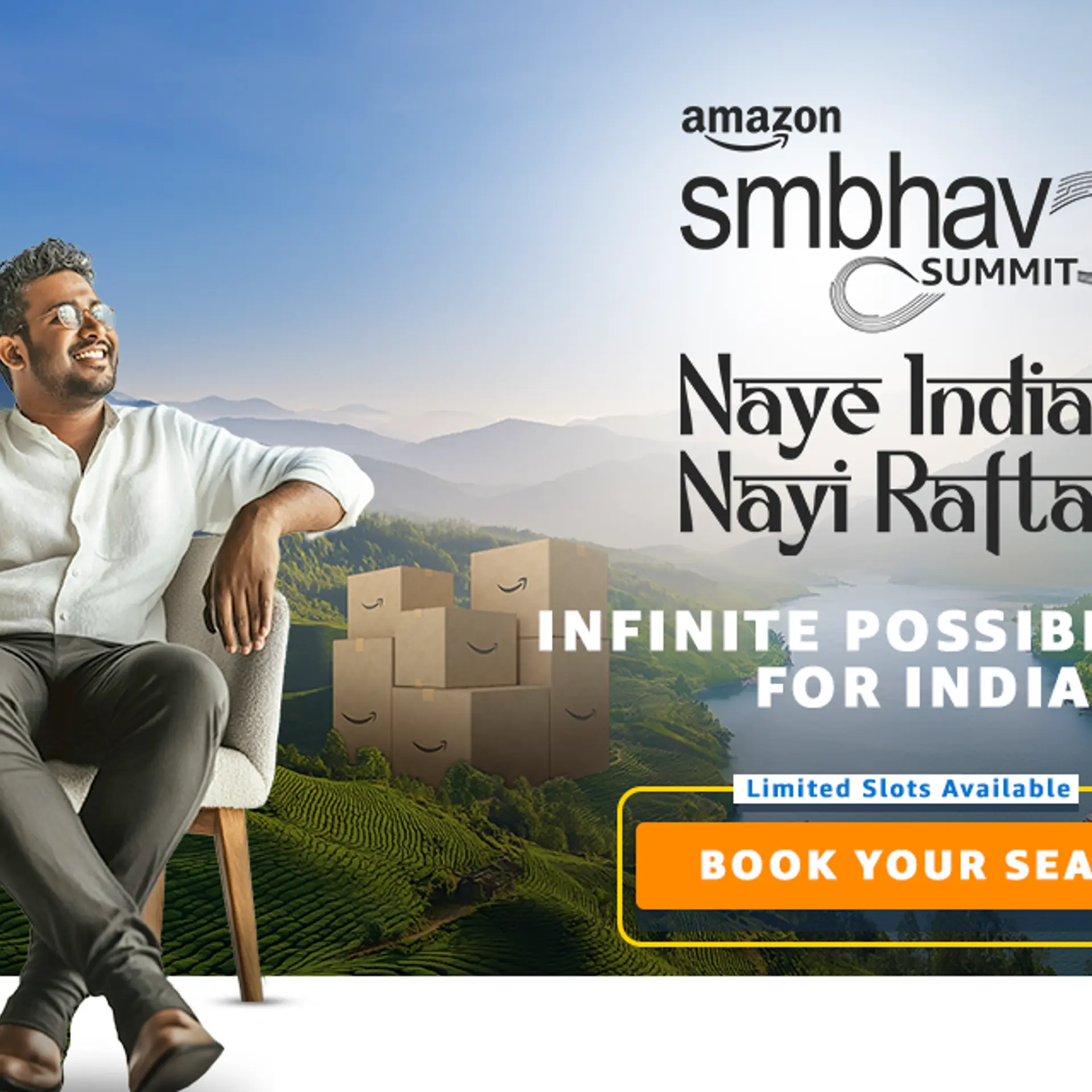
The current article will try to take a deeper look at the aspect of the ‘Target Audience’.
In an ideal world of unlimited resources, a marketer might look at anyone and everyone as a prospect and attempt to reach out to them. However, the truth is that we are always faced with limited resources and their optimisation is the key to success. Hence, zeroing in on a smaller segment of the entire population and then making a pointed effort to reach them through our marketing communications is vital to strategic media planning.
Target Audience Variables
A marketer may have intuitive understanding of the prospective consumer and might be able to create a ‘pen-picture’ of her based on it. The key to effective targeting would be to define not only the demographics but to look at lifestyle and psychographic variables too. Some of the parameters used to segment audiences are as follows:
a) Demographics: Age, gender, education, income, occupation, marital status, etc. are examples of demographic variables. A marketer needs to analyse the existing or prospective users in terms of the above and then arrive at the combination of factors that best define his target audience. The commonly used SEC (socio-economic classification) parameter is an example of the combination of two demographic variables – education and occupation. A demographically defined audience for a cosmetic brand might simply be ‘Women, 18-35 years’ while a formal wear brand might be more specific in targeting ‘women, 20-40 years, Graduates, Working full time and earning Rs. 3 L+ p.a.’
b) Psychographics: These refer to the psychological characteristics that might be use to define a target group. Using psychographics helps to identify the mindset of the prospective consumers and to tailor the medium and the message accordingly. In the above example, the formal western wear brand can perhaps reach out more effectively by adding on the psychographic details such as ‘modern, westernised, fashion conscious’ to the demographic profile.
c) Socio-demographics : These factors are a combination of the demographic and social characteristics of the target audiences. Often used terms such as DINK (double income, no kids), YUMPI (young, upwardly mobile Indian), Yuppie etc. refer to a socio-demographic segmentation where the basic definition of a target group is based on its homogeneity with regards to some societal aspects and the demographics are then added on to it.
d) Lifestyle: Target audience definition using lifestyle parameters seeks to classify prospects based on their activities, interests, opinions, consumption patterns, etc. Within a given demographic group, the media preferences of individuals are likely to be governed by lifestyle parameters and hence, these can be immensely helpful in selecting the appropriate advertising media. To give an example, a gardening tools manufacturer would be able to target his message much more effectively if he narrows his audience to people who like gardening rather than just focussing on broad demographics.
It must be pointed out that the parameters described above are not exhaustive and are not exclusive of each other. In fact, it is usually a combination of the above that helps to segment audiences most effectively.
Limited availability of data on the above parameters is the roadblock that a media planner will come up against most often. Although several syndicated researches such as IRS (Indian Readership Survey), NRS (National Readership Survey), TGI (Target Group Index), etc. are available in the market and provide a wealth of information across demographics, media consumption patterns, product / brand usage, attitudes and lifestyles, these are still sample surveys and might be unable to provide sufficient data in some situations. The use of customised research might be made to fill in the information gaps in such a scenario. However, customised market research on a large scale might not be a viable option very often, given its high cost. The media planner, thus, will have to make the best use of available data coupled with his intuitive understanding of the consumer in order to arrive at a definition of his target audience.
The forthcoming articles will look at some more approaches to audience segmentation and targeting and also throw more light on the commonly used data sources used by media planners.
Aparna Thakur has been a passionate follower of the business of media. A gold medallist from the Mudra Institute of Communications, Ahmedabad (MICA), Aparna has worked at the leading communication agency, Lintas Media Group, on media strategy for businesses like ICICI Prudential, UTI, Idea Cellular, Videocon and Parle Agro. She has also worked as the media evangelist for the Private Treaties team at the Times Group.
Currently on sabbatical post motherhood, Aparna remains a keen observer of communication trends and looks forward to contributing to thoughts on the same.






